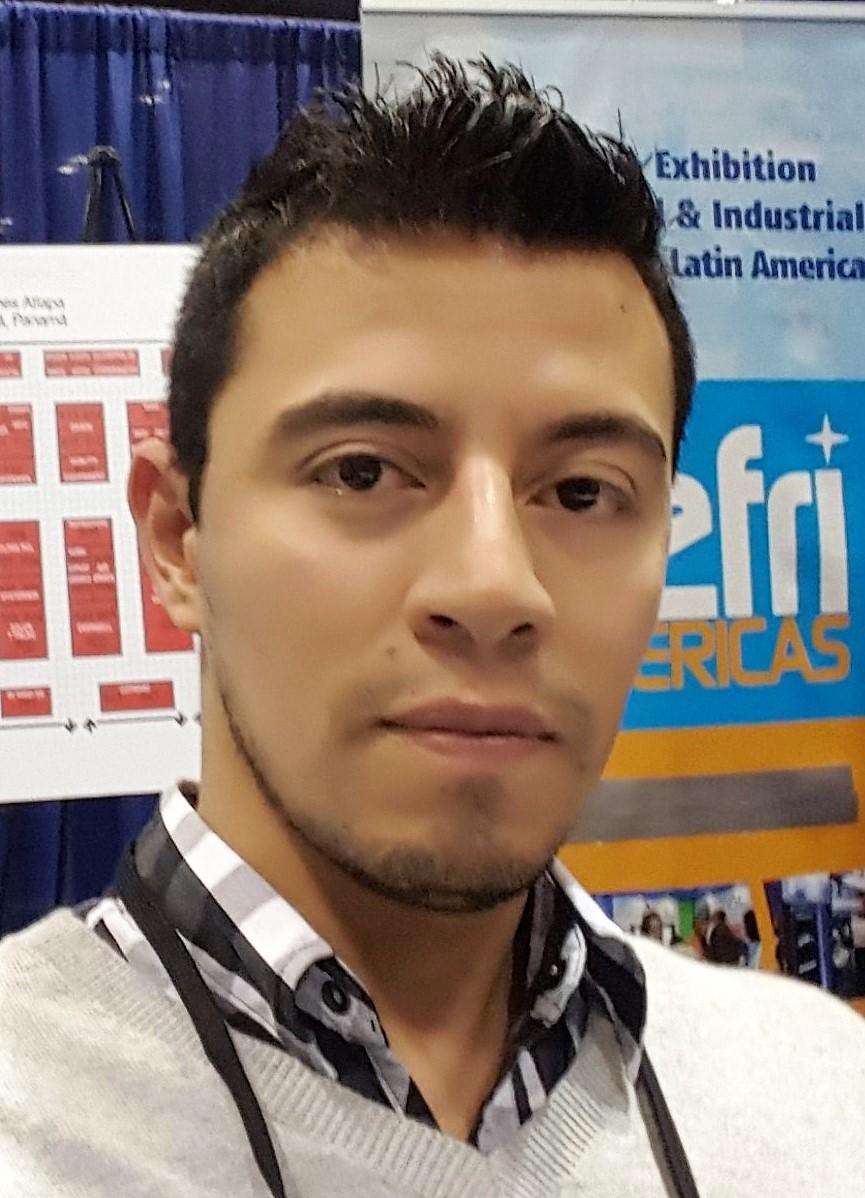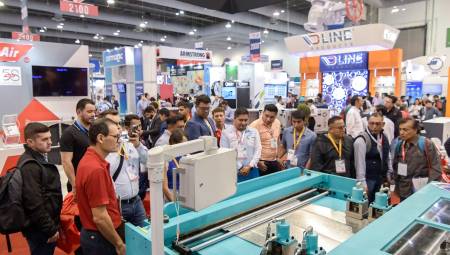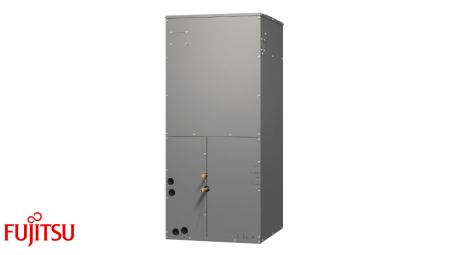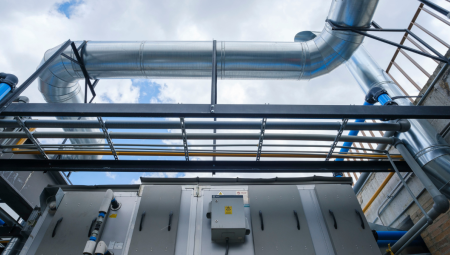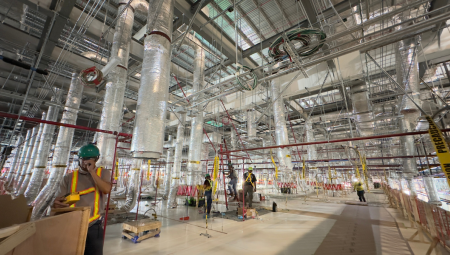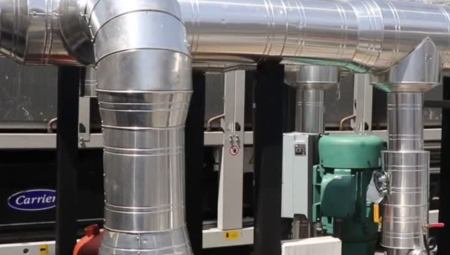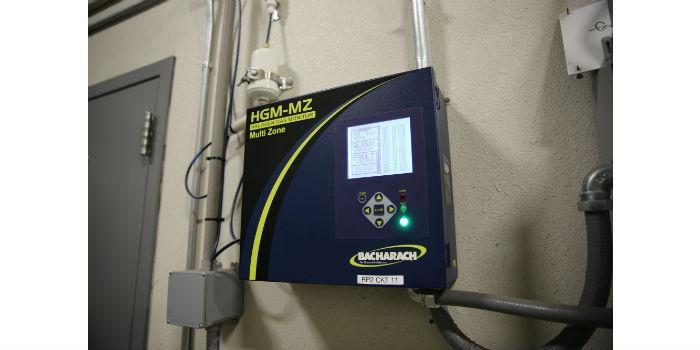 We presented a project where refrigerant monitoring technologies were implemented in a water-cooled chiller system.
We presented a project where refrigerant monitoring technologies were implemented in a water-cooled chiller system.
by Shelli Cosmides*
The water-cooled chiller building of the energy company Xcel Energy, located in the center of the city of Denver, United States, needed refrigerant monitoring updates. The different types of refrigerant monitoring systems that were in use did not offer communication capability between plant locations in the city.
The Thermal Energy team was spending time conducting constant tours of five separate buildings to check the condition and functionality of 16 chillers and related mechanical equipment, including refrigerant.
There was also inconsistent monitoring and the absence of data that could identify refrigerant leaks. This, coupled with the lack of consistency and reliability in the refrigerant equipment used in all plants, made it difficult to troubleshoot and find correct spare parts from manufacturers.
The result was a use of cooling, monitoring and suboptimal communications plus inefficiencies in maintenance and repairs.
Currently, Xcel Energy uses Bacharach HGM-MZ (Halogen Gas Monitor - Multizone) refrigerant monitors at its five locations to monitor chillers. Each floor has its own Bacharach MZ, and is located in the cooling system building. MZs use an NDIR (non-dispersive infrared) sensor that allows early sampling of leaks of up to 16 points.
Michael O'Malley, Operations Manager of Xcel Energy's Thermal Energy Department has been working for 10 years and has twice that experience in operations management. He and his team are responsible for a system that includes five different locations, 16 chillers and four miles of underground pipes that distribute cold water to some of the most important buildings in the city center, including the art museum, the main branch of the city's public library, the convention center, hotels, data centers, courthouses, and buildings in the city and county of Denver. Heat exchangers have been installed in each building, eliminating the need for owners to provide their own equipment.
Clear requirements
After evaluating refrigeration monitoring products, Mr. O'Malley thought it was important to find active refrigeration monitoring equipment. A system that used a pump to sequentially monitor different locations could prevent any serious consequences. To be proactive and quickly counter any refrigerant leaks, O'Malley wanted to set alarm sensitivities to levels below what the passive refrigerant monitor can detect.
"The cost of a large refrigerant leak to our organization could range from $10,000 to $100,000 or more, depending on the size of the leak," O'Malley said.
By using different refrigerant gases such as R22, R123 and R134a in multiple locations, it was also important that the same monitoring system within the different buildings look for all these types of refrigerants and that all monitors can communicate with the main floor.
A technical implementation
The implementation and installation of the first new refrigerant monitor involved a collaborative effort between Xcel Energy, Bacharach and the local representative. Several refrigerant monitors were installed in different Xcel Energy facilities, so there were some doubts about the reliability of the product.
Michael O'Malley wanted to make sure the products would last a long time, be reliable, and not require much maintenance. Once Xcel Energy selected the unit it wanted, the initial installation was excellent, the local representative recalled. Soon after, however, they were experiencing problems with filters and false alarms. Because of the one-mile height where Denver is located, the diaphragms in the pump worked much harder. The problem was quickly fixed by replacing the sealed unit with a sturdier rubber diaphragm that would not crack or break.
The MZ was installed in a remote plant and, as budgets allowed, a total of 5 MZ were installed. "It's pretty easy for us to test the first HGM-MZ. During the implementation, we got fantastic technical support, so it was excellent," O'Malley said.
Latest technology
The role of technology is inseparably linked to Xcel Energy's chilled water plant. It remains an important safety factor for the team to have a highly sensitive leak detection technology built into refrigerant monitors. The use of a technologically advanced sensor that recognizes a variety of refrigerants and a system that provides faster cycle times for all monitoring zones will provide continuous sampling to detect any refrigerants that may leak into the mechanical room.
Mr O'Malley said: "It is important that the operations team is confident that it is safe to enter the room, that there are no refrigerant leaks into the mechanical space and that nothing leaks into the environment. We need to keep the coolant inside the cooler. That's important, so I'm not buying refrigerant constantly."
The local representative noted that Xcel Energy was not using the same gases in all the coolers and that not all gases were supported in the product they were using. This situation could be addressed by the extensive HGM-MZ gas library built into the monitor, plus the accuracy of the refrigerant readings provided.
The HGM-MZ has a library of more than 60 refrigerant gases, which solves the problems of refrigerant variety within the plant to detect R22, R123 and R134a. Product standardization facilitates maintenance using the same product for spare parts and for quick replacement. Xcel Energy's Operations Team has had a significant reduction in the frequency of the tours they need to make.
The Multi-Zone system also keeps refrigerant emissions at bay by having a throughput of 1 ppm. It also solved the problem of the need to monitor different refrigerants in different locations.
Clear financial advantage
Reducing the loss of refrigerant, reducing the travel time of technicians to perform repair work and having the right system to perform the work were important from an economic and cost point of view. According to O'Malley, "It's critical that we find refrigerant leaks ahead of time. Most importantly, we are concerned about the negative effects on the environment. I don't want refrigerants to enter the atmosphere. The second concern is the financial impact. The performance of the machines will be affected if they do not have the coolant. It's like the gas outlet of your car."
Because of the time it took to verify the legacy product, it was critical to have a product that constantly took sequential samples in the coolers and recorded refrigerant levels to ensure the product was up and running, no matter the location. "Having reliable, continuous monitoring that we could see from a central location would allow us to send a technician only when we have to do an assessment or deal with a minor issue," O'Malley said.
Only the technician's time would save costs. Additional benefits include system performance, lower energy costs, and lower refrigerant costs.
Reliability
Being able to rely on the equipment in continuous operation was another important consideration. The Bacharach representative remembers visiting Xcel Energy's chiller plant in downtown Denver and noted that it was the largest underground chiller plant he had ever visited. Remember that Xcel Energy wanted a "set it up and forget it" drive and that they had some concerns regarding code compliance.
Wanting to focus on the sensitivity of the refrigerant, the representative showed that the refrigerant monitor could detect leaks of up to 1 ppm. "The monitors have been reliable. I don't remember having to change the pumps in quite some time," O'Malley said, "Basically, they hang them on the wall and you'll get years and years and years of service from them."
Building automation and communications system
The facilities that Xcel Energy supplies with water are directly owned by the building owners or are leased. At any time, customers can request records from Xcel Energy on system administration. "If a customer wanted to see records about how we're managing the system, all we'd have to do is gather the data to show them the preventive maintenance we're doing and the historical data," O'Malley said. "The monitor can respond to the building management system if the pump fails or if the unit sees coolant. It will tell you and you won't have to stop by to find out. Functionally, it 'speaks' the language of the building system," he said.
Based on the performance, printing and ease of use of the equipment, O'Malley and his operations team are making good use of the reliability of the MZs, ensuring that all 16 chillers remain in good operating condition and helping to maintain the environmental commitment and reliable service of Xcel Energy customers.
* Shelli Cosmides, Marketing Communications Manager of Bacharach – [email protected]. Website: www.mybacharach.com


